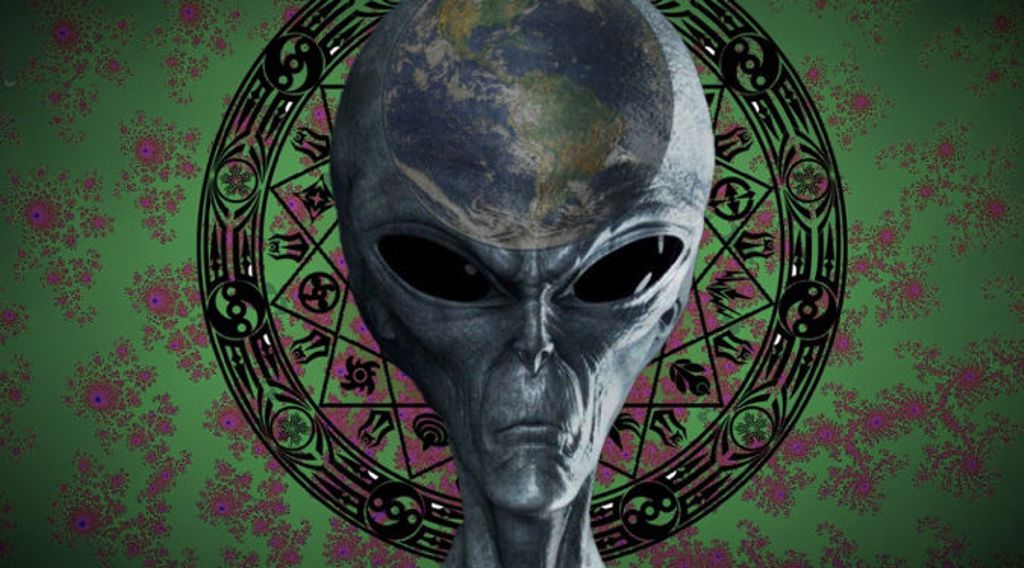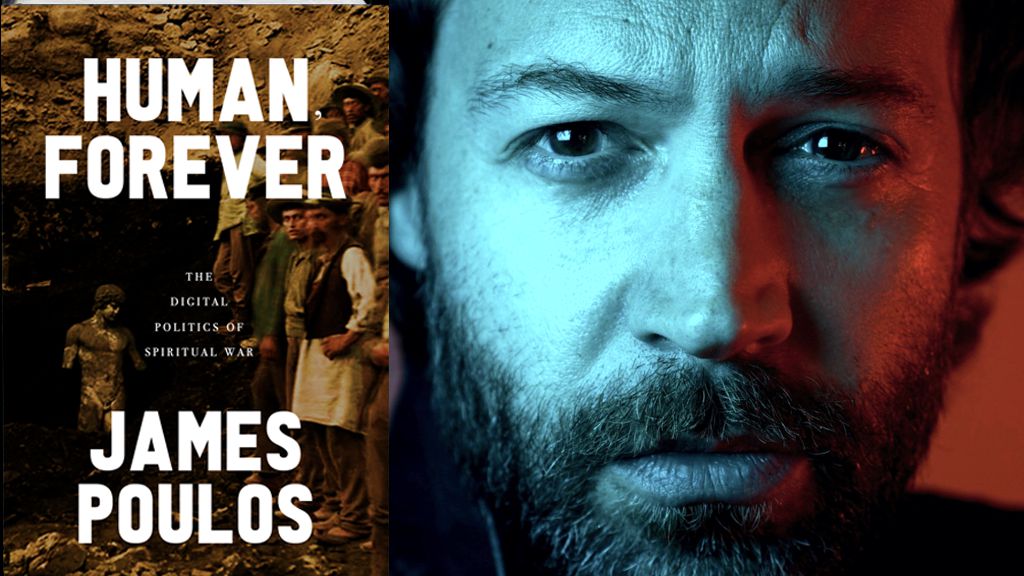
Timothy Leary put his stamp on cyber culture long before the Internet went live in the 90’s. His landmark essay Digital Polytheism: Load and Run High-tech Paganism explains more about where we are today than all the Steve Jobs bios and Bill Gates puff-pieces you could download into your brain.
Published in Reality Hackers back in 1988, the essay opens with a quote from the black magician who opened the interdimensional doorway to Transmodernity:
We place no reliance
On virgin or pigeon;
Our Method is Science,
Our Aim is Religion.
— Aleister Crowley, from the journal “Equinox”
When I first stumbled across Timothy Leary’s Digital Polytheism back in the 90’s, it was on a clunky Hewlett Packard desktop. The machine’s land-line modem screeched like a legion of irritable demons every time you logged on.
What really captured my teenage imagination was Leary’s comparison of the emerging cyber culture to occult ritual. As per Arthur C. Clarke’s rule, any sufficiently advanced technology is indistinguishable from magic.
Consider the smartphone’s unearthly powers: telepathy (phone calls), precognition (weather apps), claravoyance (Google Maps), psychokinesis (Uber Eats), trance states (cat videos), sex magic (Tinder), and karmic manipulation (Facebook “likes”).
There can be no doubt that over three decades ago, the “High Priest of LSD” had a clear vision of the future:
Alchemists of the Middle Ages described the construction of magical appliances for viewing future events, or speaking to friends distant or dead. …
Today, digital alchemists have at their command tools of a precision and power unimagined by their predecessors. Computer screens ARE magical mirrors, presenting alternate realities at varying degrees of abstraction on command (invocation). Aleister Crowley defined magick as “the art and science of causing change to occur in conformity with our will.” …
The parallels between the culture of the alchemists and that of cyberpunk computer adepts are inescapable. Both employ knowledge of an occult arcanum unknown to the population at large, with secret symbols and words of power. The “secret symbols” comprise the languages of computers and mathematics, and the “words of power” instruct computer operating systems to complete Herculean tasks. Knowing the precise code name of a digital program permits it to be conjured into existence, transcending the labor of muscular or mechanical search or manufacture.
Case in point, I’ve been trying to dig up this essay for over a year now, but couldn’t remember the title for the life of me. Using multiple engines, I searched every possible combination of “timothy leary” and “techno paganism,” “techno shamanism,” “magick wand mouse,” “occult computer incantation”—EVERYTHING!!
No wonder Transhumanists want to jab chips in their brains to enhance cognitive function and memory.
Then about a month ago, it occurred to me to try “technomancy.” Even though that term is never mentioned in Leary’s Digital Polytheism, a related article finally re-opened the portal. (Incidentally, one re-post is in Humanity+ Magazine, the premiere Transhumanist publication.)
Magic words, indeed.
Abracadabra!
But back to Leary’s wild trip from 1988:
Rites of initiation or apprenticeship are common to both [magick and tech culture]. “Psychic feats” of telepathy and action-at-a-distance are achieved by selection of the menu option.
…
The wand of the magician represents the phallic male creative force, fire. The cup stands for the female receptive force, and, obviously enough, is associated with water. The sword is the incisive intellect, moving and severing the air, the abstraction in which it moves. Finally, the pantacle (disk) is the grounding in earth (magnetic material), the stored algorithms. …
These classical instruments of magick exist in modern cyber technology: The mouse or pen of the digitizing tablet is the wand, controlling the fire of the CRT display and harnessing the creative force of the programmer. It is used in all invocations and ritual as a tool of command. Spinning disk drives are the pantacles, inscribed with complex symbols, earthen tablets to receive the input of “air,” the crackling dynamic ethereal intellectual electricity of the processor chip circuitry programming results. The RAM chips are, literally, the buffers (“buffer pools”), the water, the passive element capable of only receiving impressions and re-transmitting, reflecting.
Iconic visual programming languages are a Tarot, the pictorial summation of all possibilities, activated for the purpose of divination by juxtaposition and mutual influence. A periodic table of possibilities, the Western form of the Eastern I Ching. …
Detailed database logs of the activity of operating systems from the Akashic records on a microscale. At a macroscopic level, this is the “world net” knowledge base, the “knoesphere,” the world-wide online hypertext network of information soon to be realized by the storage capacity of CD ROM and the data transmission capability of optical fiber. …
The universality of 0 and 1 throughout magic and religion: yin and yang, yoni and lingam, cup and wand, are manifested today in digital signals, the two bits underlying the implementation of all digital programs in the world, in our brains and in our operating systems. …
By the year 2000, Aleister Crowley, William Gibson, and Edward Fredkin could well replace Benjamin Spock as a Baby Boom navigator. Why? Because, by then the concerns of the baby boom generation will be digital.
Since the 60’s, most Traditionalists have dismissed Timothy Leary as some wild-eyed crank. They would have been wise to listen carefully and plan accordingly.
Read Full Article on Singularity Weekly.








